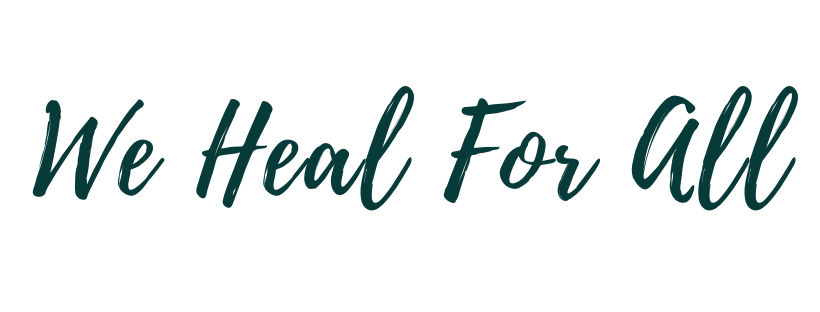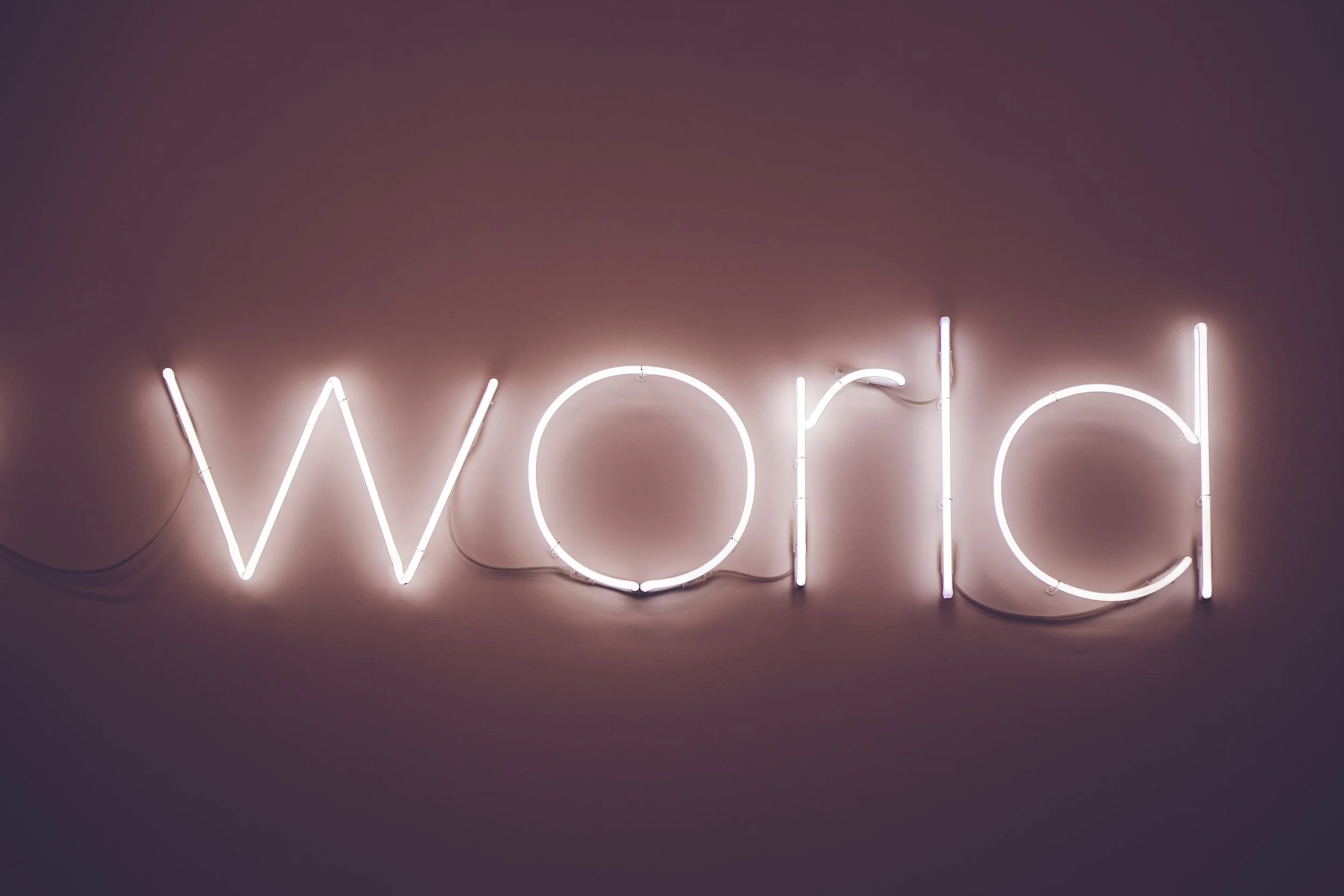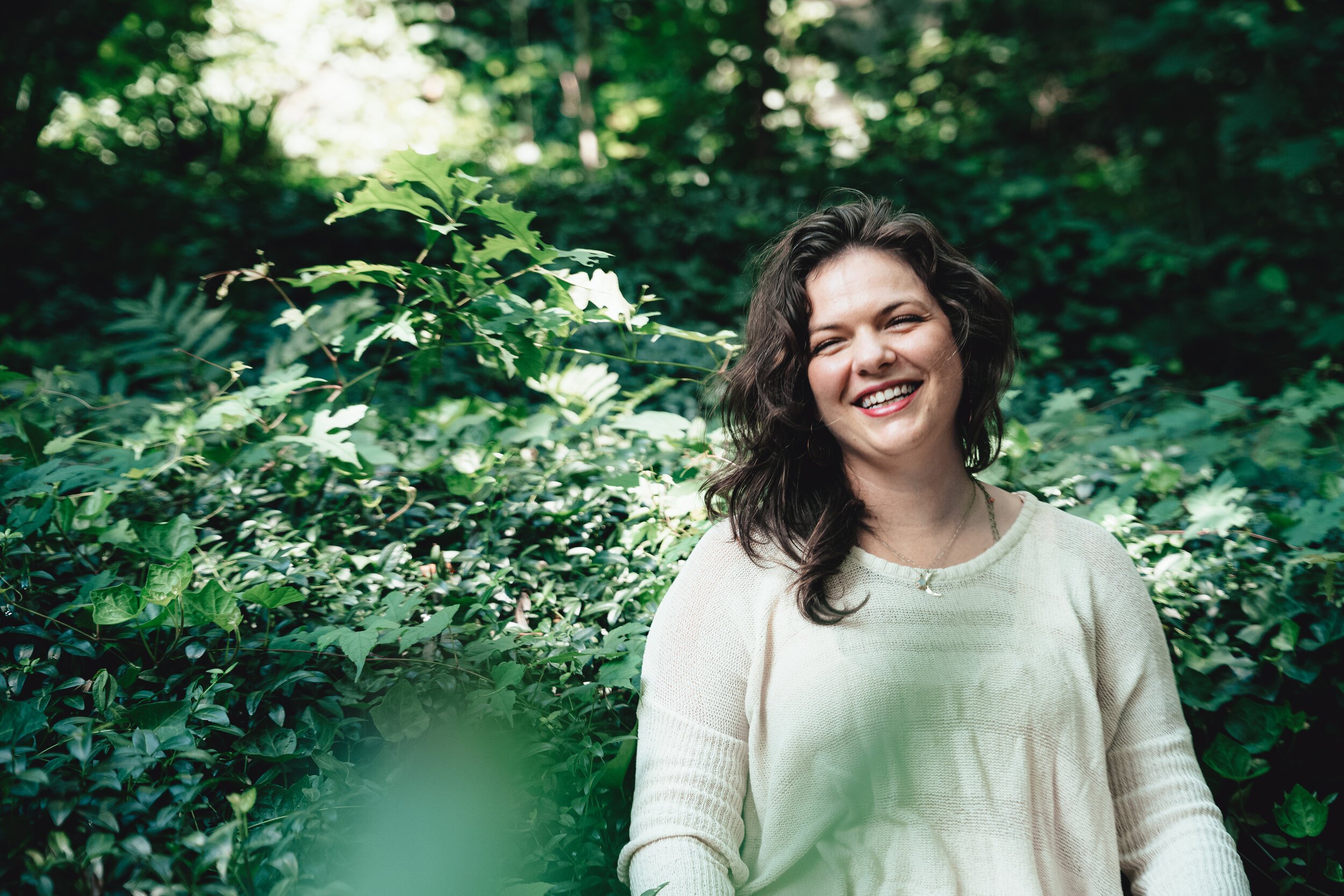What is healing, really? Foundational principles across all types of healing
Healing… what a powerful word
Perhaps by just reading the word you notice something shift in your body. A sense of calm washes over you. Your heart widens a bit.
Perhaps the word takes you back in time to a point in your life when you were doing big, hard healing work. The blood, sweat, and tears that went into your healing journey come to mind.
Or maybe the word healing sparks a sense of curiosity in you. Like it’s something that has been inviting you into something for some time. Lovingly tapping on your shoulder saying, “Hey. Explore me.”
Healing comes in many forms
Healing comes in many forms and is deeply personal to each of us. It is old as time, which is why it evokes so many different feelings and associations.
For many of us, healing is something we have a sense of more than we have a concrete definition for. We can describe the way healing feels. Or know it when we see it. But when it comes to defining what does healing mean it can be hard to do.
This makes having conversations about healing difficult. And in a day and age when healing is needed more than ever, it is helpful to have a shared understanding of what healing is so we can come together around it.
For me, healing is at the heart of my journey as a changemaker and self-identified feeler. Which is why I launched We Heal For All. To nurture my calling to be of healing-service to our world and the changing times we live in.
But before I dive into all of that, let’s unpack what healing is. What are some foundational principles involved in healing that span across its many forms?
What does healing mean?
Healing is movement that is inspired by a wound or imbalance. I use the word “movement” here because it reflects the on-going spiral-like nature of healing. In our grabby, results-oriented world, describing healing this way may sound foreign. “What do you mean by ‘movement’? Like physical movement? That doesn’t sound right.”
I use the word movement here in a spiritual and energetic sense. The invitation to heal shifts and changes things as it moves through a person or community. A wound or imbalance sparks the initial need to heal, serves as its inspiration. And then the healing process itself has a life force to it that takes a person on a journey full of twists and turns and deep learning.
At its core healing is a process that takes many different forms, with each form sharing certain principles or similarities. Healing can be physical, emotional, spiritual, and even collective. It goes hand-in-hand with transformation, and looks different for each one of us.
Three principles across all types of healing
There are three main principles I see reflected across all forms of healing:
Healing is a process
Healing is not about simply fixing a problem or finding a cure for a disease. Healing is an ongoing process that is often humbling and filled with deep learning. Healing journeys are nonlinear in nature. They are filled with twists and turns, great leaps and backslides.
The winding road of a healing journey can be confusing at times, but each supposed setback provides an opportunity to revisit an undesirable condition from a new perspective, and practice something new. Yes, things can be healed, which can sound like an outcome, but most often what has been healed continues to evolve throughout a person’s life as an ongoing process of health and personal growth.
Healing transforms
Through healing, we do not simply restore something to the way it was beforehand or just address the symptoms of a wound to make someone feel better. Instead, healing transforms what is no longer of service to a person or collective body in order to help things evolve into more mature, healthy versions.
At an individual level, the process of healing can transform a person’s worldview, awaken them to new forms of consciousness, or unlock new capacities within their mind, heart and soul. Truly healing a wound—whether a physical disease, emotional trauma, soul disconnection, or community rift—is holistic in nature. It is an approach to thinking about health that does more than cure an issue, it supports a person or community to transform.
Your healing is as unique as your soul
Personal growth is personal. What works for one person might not work for another person. And what worked for you at one point in your life may not work for you at another.
Even though there are ancient practices, time-tested techniques, and evidence-based approaches out there, experiences of pain and wounds are highly subjective, therefore every experience of healing is unique and special. Each one of us is a healer and has what we need within us to heal. It is up to us to discover what that looks like.
Making sense of the times we live in through healing
As an empath and feeler, the process of healing is a framework I use to understand change. And as a change maker and development practitioner, I see the need for healing more than ever these days.
When I meditate on the fact that healing is a process that leads to transformation, it helps me hold the times we live in—the confusion and uncertainty, the collective outbursts and grief, the rise in polarization and division, the social unrest and mistrust—from a stance of compassion. The fact that so many collective wounds like these are up in our faces these days points to us being in a process of transformation as a society. A process that is bringing up imbalances and wounds and historical trauma and pain in order for us as a collective to reconcile with them and make change.
It helps me see the times we live in through the lens of us as a society going through a healing journey, collectively. A journey that serves as a catalyst for cultural and systemic transformation. The kind that can give birth to the world our hearts know is possible, as Charles Eisenstein says.
Do you hear that sound? It’s the call towards collective healing
That’s why collective healing rings so loudly for me within my spiritual heart. I have a soul level knowing that the times we live in call for a new kind of healing, one that cares for, acknowledges, and addresses the collectively-shared wounds we hold across society. Historical and intergenerational wounds that span across time. Wounds related to our collective future and the future livability of our planet. And wounds that come with making sense of all we see in this age of awareness, complexity, and change.
Does the sound of collective healing resonate with you too? Then I’d love to meet and co-create what it means to collective healing together.
You can subscribe to my Substack to receive receive essays and newsletters from me, or follow me on Instagram or Facebook. I have a new (and debut!) book coming out this Fall 2024, Collective Healing for our Complex Times: How to be in relationship with the world’s pain. Keep an eye out for that!
Hi, I’m Liz Moyer Benferhat. Writer, facilitator, coach, and development practitioner dedicated to the subtle interplay between how inner transformation feeds the outer transformation we need in the world. Welcome 🌿




